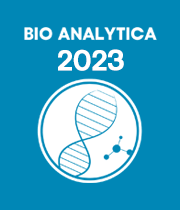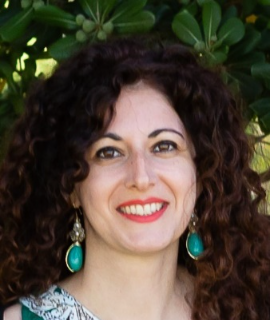Title: Breath and environmental relevant gas species detection based on quartz-enhanced photoacoustic spectroscopy
Abstract:
In this work we report on three gas sensors based on quartz-enhanced photoacoustic spectroscopy (QEPAS) technique and developed for environmental monitoring or breath sensing purposes.
Spectroscopy has a crucial role in the development of chemical gas species detection, with a great impact in a wide range of applications. For example, the use of high sensitivity gas detectors is widespread in atmospheric science to measure different gas species, including greenhouse and ozone depleting gases, and detect harmful gases leaks; in oil and gas industry, detection of methane and heavier alkanes with their ratios and isotopes allows the evaluation of reservoir formation for guiding petroleum exploration and production estimate, and the identification of natural gas fugitive emissions; detection of volatile organic compounds in exhaled human breath is a pioneering tool for early-stage mass-screening diagnosis of cancer and diseases.
Laser absorption-based gas sensors can provide non-invasive non-destructive highly sensitive and selective detection, with fast response time. In particular, QEPAS has been demonstrated as a powerful tool for the development of compact trace gas detectors. Moreover, the recent development of novel quantum cascade lasers (QCLs) and diode lasers (DL) fiber-amplifiers (FA) with high optical power output narrow emission linewidths and wide wavelength tunability allowed the QEPAS sensors detection performance to be boosted.
All QEPAS-based sensors here presented were in-field demonstrated. The first detector is a laboratory workbench sensor, employing a non-commercial Vernier-effect quantum cascade laser (QCL), acting as an electrically tunable, switchable light source with emission clusters in the range 2100 cm-1 to 2220 cm-1. CO, N2O, CO2, and H2O were detected in air. The second environmental monitoring purposes-detector is a compact, portable box-size sensor, employing commercial distributed-feedback QCLs to target CH4, H2O and any gas molecule exhibiting absorption features in the IR-spectral range. The third one is a workbench sensor employing a commercial NIR DL and an erbium-doped FA to detect NH3 in breath.
Audience Take Away Notes:
- Quartz-enhanced photoacoustic spectroscopy as a high sensitivity and selectivity, robust, repeatable, real-time monitoring, non-destructive technique for gas sensing
- Design of multi-gas detection sensors capable of detecting near-infrared absorption features of several gas species in sequence or simultaneously
- Design of gas sensors specifically developed for environmental monitoring and/or breath sensing, with record minimum detection limits


